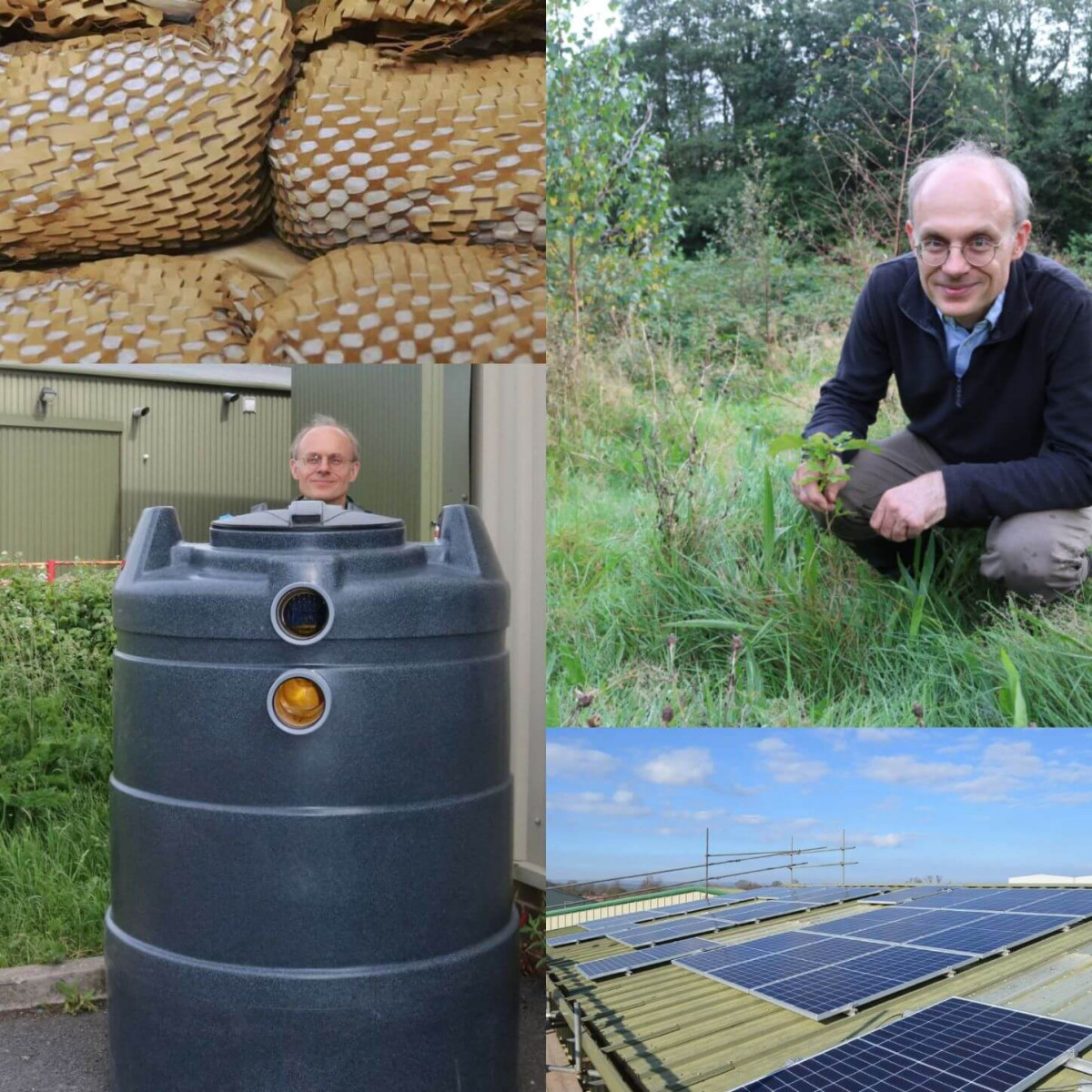Steenbergs Carbon Emissions and Offsets
Steenbergs is carbon neutral, something we’re proud of.
This is how we did it:
Firstly, we set out to reduce our carbon emissions from direct energy usage. This has been done by cutting Steenbergs' electricity use through switching to LED lighting, having only electric fork-lift trucks and cars, and by moving all our electricity to carbon zero sources. A large amount of this electricity is provided by solar panels on the roofs of both our factory buildings, a project that we completed in 2020. This means that Steenbergs’ Scope 1 and Scope 2 carbon emissions are zero (i.e. 0kg CO2e).
Secondly, we have minimized Scope 3 emissions by limiting the amount of business travel, recycling as much of our waste as possible, and using the Royal Mail and DPD for our parcel courier services. Most importantly, we don’t mail out letters and we use consolidated transport for packages and pallets, i.e. we do not have our own fleet of vehicles and so share the carbon costs of trips with all the other units being transported through an efficient, transport network.
Of our couriers, DPD has been carbon zero since 2012 and the Royal Mail is working on it, albeit quite slowly. That having been said, the Royal Mail has the lowest carbon footprint per delivery (before offsetting) because three-quarters of deliveries are made by foot. We still have work to do on the pallets we send out, but that is always going to be difficult to switch to electric because of the weights and distances involved (hydrogen maybe?). So, the residual carbon costs pretty much relate to transportation.

This balance is offset through our woodland. Yes, rather than use a carbon offsetting business to do this for us, we have our own 20 hectares patch of woodland in Wales. This has been established with the Welsh Government (the Glastir scheme) and the Forestry Commission (the Woodland Carbon Code), so its carbon capture has been planned using their models and is being monitored by them. We think that gives its claims for the carbon capture of the project very good credibility.
Steenbergs’ wood will capture a minimum of 12,622 tCO2e from the newly planted trees over its 100 year project lifetime (maximum of 18,570 tCO2e); for clarification, there is no intention to cut the trees down at the end of the project but that's the period over which the carbon sequestration is calculated. Our carbon footprint is much lower than this 7.5 tCO2e annually, so this project covers us for about 1,682 years. That’ll more than see us out.




